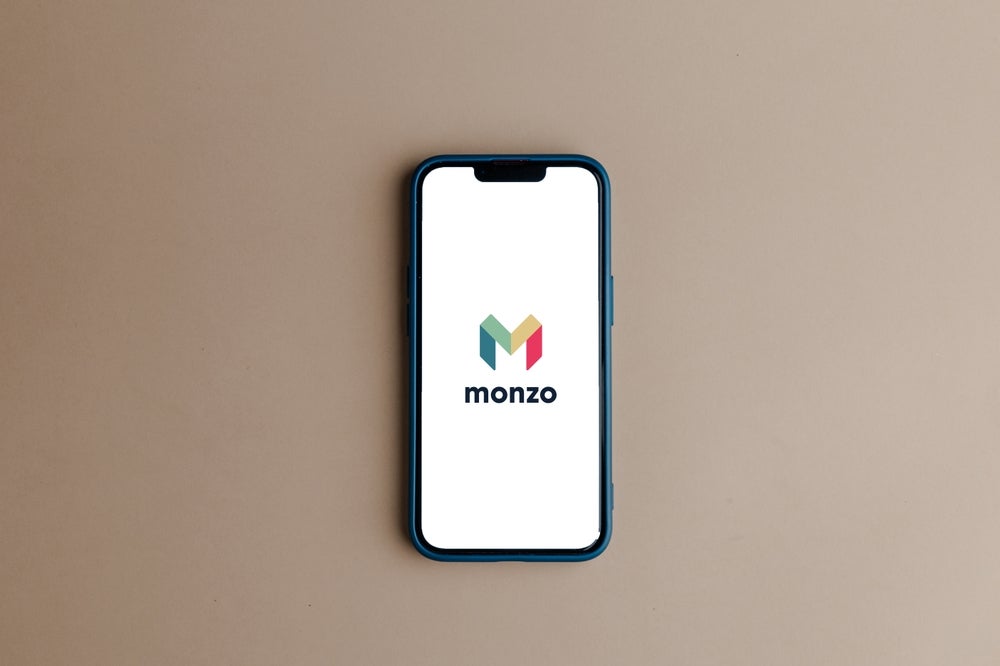Silicon Valley Bank (SVB) primarily serviced tech companies ranging from gaming companies such as ROBLOX to bankrupt crypto exchange BlockFi. However, despite this narrow focus, its collapse has set off a chain reaction of events – the implications of which will extend well beyond this particular group of customers.
In the short term, we expect movement of depositors from smaller, less established banks to large institutional players such as JPMorgan Chase. However, decisions made by the Federal Reserve and the Federal Deposit Insurance Corporation (FDIC) to stymie such shifts may have a long-term effect that reduces the competitive advantage of larger providers when it comes to the acquisition and retention of businesses and high-net-worth customers.
Many customers with uninsured deposits held with smaller or less established providers will have looked at the failure of SVB and questioned the security of their money. Larger incumbent providers not only have a more established reputation but are also subject to the stipulations of the 2010 Dodd-Frank Act, which helps ensure more sound financial management practices. As such, these banks will look like a far safer option.
However, such movements pose a serious risk to smaller providers. A large and sudden wave of withdrawals from these smaller providers could have incurred a domino effect of bank runs. To prevent this, the FDIC and the Federal Reserve opted to protect SVB depositors regardless of whether their deposits were insured or not. By ignoring the $250,000 boundary between insured and uninsured deposits, the pair essentially announced that no such boundary exists in practice. No doubt the regulators hope this will remove the incentive for businesses and wealthy individuals to remove their deposits from regional providers. This in turn should significantly reduce the risk of further bank runs.
While this decision was discretionary (in the sense that it was a reaction to this particular crisis), it will be hard for regulators to credibly stick to the $250,000 limit on deposit insurance if future issues occur. If push comes to shove, deposits will be protected no matter their value. The risk of not doing so was clearly assessed to be too large.
This will prove an important boon for smaller and less well-established providers in the long run, even if they are suffering now. Deposit insurance removes the risk burden of depositing money from depositors themselves. If deposits are insured it does not particularly matter where they are held; as far as customers are concerned, their money is safe. Without such insurance, businesses and wealthy individuals have to consider the risk of their bank failing, which generally incentivizes these customers to move their deposits to larger, more established banks. The decision to extend insurance to all deposits may prove to be a gift to smaller providers by somewhat levelling the playing field.
How well do you really know your competitors?
Access the most comprehensive Company Profiles on the market, powered by GlobalData. Save hours of research. Gain competitive edge.

Thank you!
Your download email will arrive shortly
Not ready to buy yet? Download a free sample
We are confident about the unique quality of our Company Profiles. However, we want you to make the most beneficial decision for your business, so we offer a free sample that you can download by submitting the below form
By GlobalDataYet smaller providers should still be wary, as such gifts rarely come without conditions. This may include the removal of exceptions made to the Dodd-Frank Act in 2018 that excluded banks such as SVB from facing the same regulatory pressure as banks with over $250bn in assets. The political feasibility of such repeals remains in question, but increased oversight of smaller banks will no doubt be on the cards. Moreover, US Secretary of the Treasury Janet Yellen has reiterated her support for the $250,000 insurance limit. If depositors treat this commitment seriously, the benefits to small banks will fail to arise. A lot, therefore, rests on the perceived credibility of Yellen’s statement.
Over the last decade, consumers have grown less and less confident in banks that do not have an established reputation. The collapse of SVB has the potential to accelerate this trend. However, although trust in less established providers may be low now, the decision to ignore the $250,000 threshold on deposit insurance makes the matter of trust far less important as far as businesses and wealthy consumers are concerned. Their money will be safe regardless of the provider they choose. As such, although the reputational damage done here will have diminished the capacity of less established and smaller banks to acquire and retain these customers, in the long run, the belief that deposits will be insured regardless of value might prove a welcome silver lining for these providers.









Related Company Profiles
JPMorgan Chase & Co
ROBLOX Corp